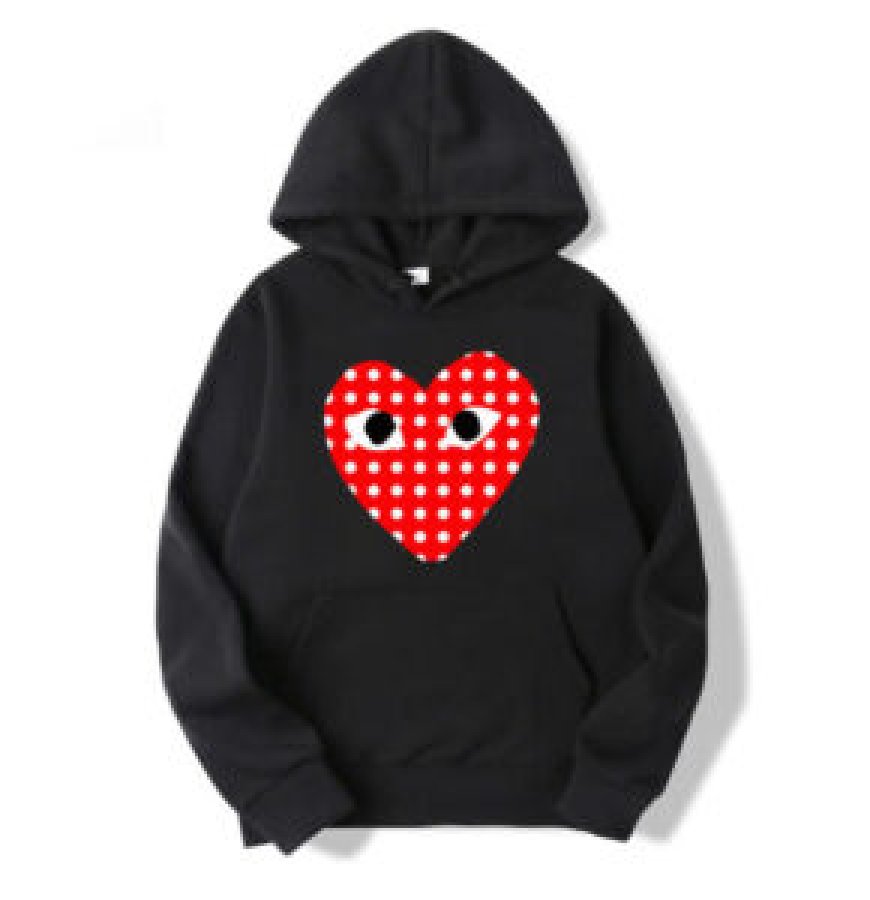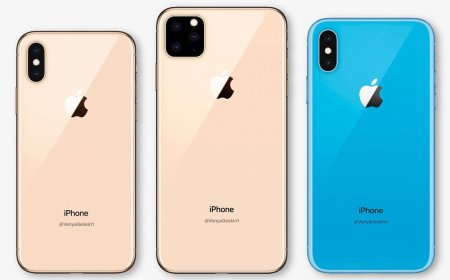Muted Cries Folded Inside Every Carefully Unfinished Hem: Comme des Garçons and the Politics of Imperfection

The Whisper Beneath the Fabric
Comme des Garons, the avant-garde fashion label founded by Rei Kawakubo in 1969, is more than just a brandit is a living contradiction, Comme Des Garcons a poem written in thread and silence. Each garment it produces seems to whisper instead of shout, hum instead of scream. But what does it whisper? And to whom?
The title Muted Cries Folded Inside Every Carefully Unfinished Hem captures the essence of this unique aesthetic. These are not just clothes. These are garments that resist, garments that mourn, garments that question the world. Every crooked seam, asymmetrical cut, and raw hem offers a subtle resistance to beauty as its conventionally defined. In that resistance lies a muted cryof rebellion, of identity, of history.
Unfinished is Not Unrefined
In traditional couture, clothing is perfected to an almost sterile precision. But in Comme des Garons world, the unfinished is exalted. The hem is not a mistake; its a metaphor. It says, I am still becoming. Rei Kawakubo has long disrupted the ideal of perfection in fashion by presenting bodies that are awkward, obscured, or even deconstructed altogether. Jackets without shoulders, skirts that wrap backwards, and sleeves that dangle like the past we try to forget.
To outsiders, it can look careless. But to those who understand, its deeply intentional. The unfinished hem is a rupture in fashions otherwise polished surface. It allows for breath, for doubt, for evolution. It is fashion that does not seek to flatter but to provoke.
The Body As Battlefield
When Comme des Garons sends its models down the runway, the body is often transformedobscured, reshaped, even erased. In doing so, Kawakubo challenges the dominance of the ideal body in fashion. Many collections have disguised or distorted the human silhouette so radically that its hard to tell where body ends and fabric begins.
This transformation is political. In a world obsessed with control over the female bodyhow it should look, move, age, or behaveComme des Garons offers garments that liberate. They provide a place to hide, to distort, to protect. They are not for the gaze, but against it.
And yet, within this protection is pain. The muted cries are those of women constrained by societal expectations, now wrapped in sculptural defiance. These cries are not loud, but they persist. They are sewn into every piece, a quiet mourning of identity lost to conformity and beauty standards.
Fashion as Mourning, Fashion as Memory
There is a melancholic elegance in Comme des Garons that evokes mourning attire. Black, a dominant color in many collections, is not just chic but funereal. It recalls absence and loss. Kawakubo often cites concepts like absence of meaning, the void, and anti-fashion. But these are not nihilistic ideasthey are meditations on grief and impermanence.
Comme des Garons clothing often looks like it remembers something painful: wars, traumas, historical erasures, the ghosts of tradition. A crumpled dress might recall a collapsed building. A charred palette might evoke Hiroshima. Kawakubo is Japanese, and her work reflects a culture that honors subtlety, memory, and the beauty of imperfection (wabi-sabi).
The clothes do not cry openly. They murmur. They fold sorrow into structure. They hide anguish in form. The hem remains unfinished because the past cannot be tied off so neatly.
The Politics of Beauty and Ugliness
By refusing traditional ideas of beauty, Comme des Garons exposes the politics behind those ideals. What is beauty? Who decides? And why must the ugly be avoided?
Rei Kawakubo once said she designs clothes for the woman who is not swayed by what her husband thinks. This is not a throwaway lineit is a manifesto. Her designs reject the male gaze, the fashion industry's consumerism, and even the capitalist impulse to sell desirability.
In many ways, her work is ugly on purpose. Bulbous shapes, awkward tailoring, and colors that clash all disrupt visual harmony. But in doing so, they reveal a different kind of truth. Ugliness, when used intentionally, becomes a tool for resistance.
The muted cries, then, are not signs of defeat, but of defiance. They whisper: we will not conform. Even if we fold under pressure, we will do so with dignity, with meaning, with care.
Comme des Garons and the Ritual of Dressing
Dressing, in Kawakubos universe, is a ritual of self-invention. Her clothes do not enhance the wearer. They confront her. They ask her to redefine herself, outside societal norms and expectations.
This confrontation is spiritual, almost sacred. To wear Comme des Garons is not merely to wear clothes. It is to perform a version of yourself you have not met yeta self beyond symmetry, beyond polish, beyond beauty. A self who lives not in the spotlight, but in the folds. A self whose pain is not erased, but woven into the garment like a hidden prayer.
The unfinished hem becomes a portal. It is the border between what we show and what we hide. It is where the intimate meets the public, where vulnerability becomes armor.
The Legacy of Silence
Comme des Garons has never shouted. It does not follow trends. It does not seek attention. And yet, it has changed fashion forever. By prioritizing concept over commodity, expression over elegance, Rei Kawakubo has created a language for those whose stories were once invisible.
There is a kind of courage in this silence. The brand does not explain itself. It does not justify. It simply ismute, powerful, poetic. The cries it contains are not for everyone to hear. They are folded, hidden, sacred.
And perhaps thats the point. Comme des Garons is not here to please. Its here to remember. To resist. To reflect.
Conclusion: Clothing as a Quiet Revolution
Muted Cries Folded Inside Every Carefully Unfinished Hem is more than a poetic title. It is an invitation to listen deeply to what we wear, Comme Des Garcons Hoodieto understand that fashion is never just about appearance. It is about identity, memory, pain, and resistance.
In every Comme des Garons garment, there is a narrative that unfolds not with bold declarations but with silent grace. In every uneven stitch, a protest. In every undone hem, a possibility.
The future of fashion may belong not to those who scream the loudest, but to those who dare to whisper.








































